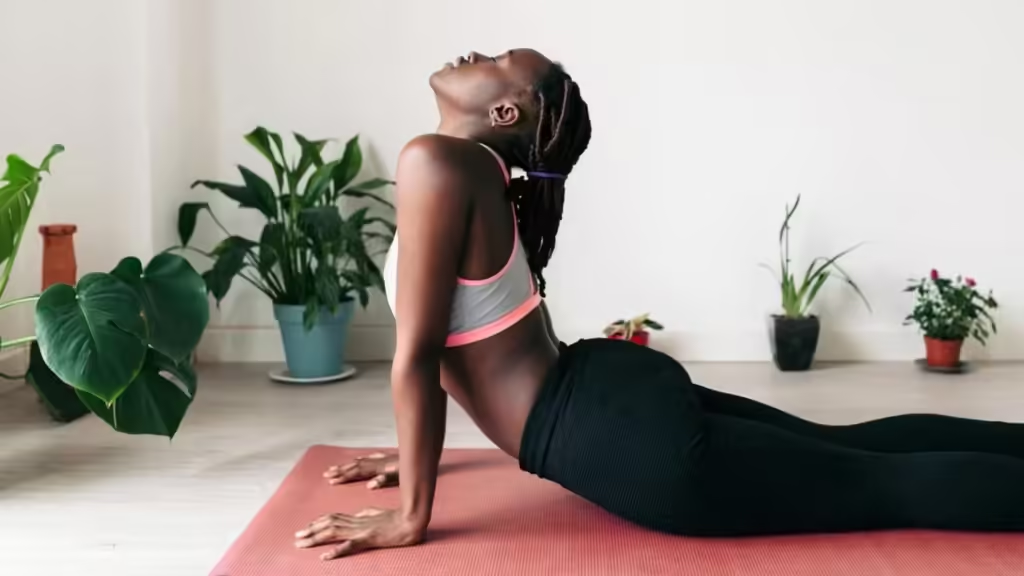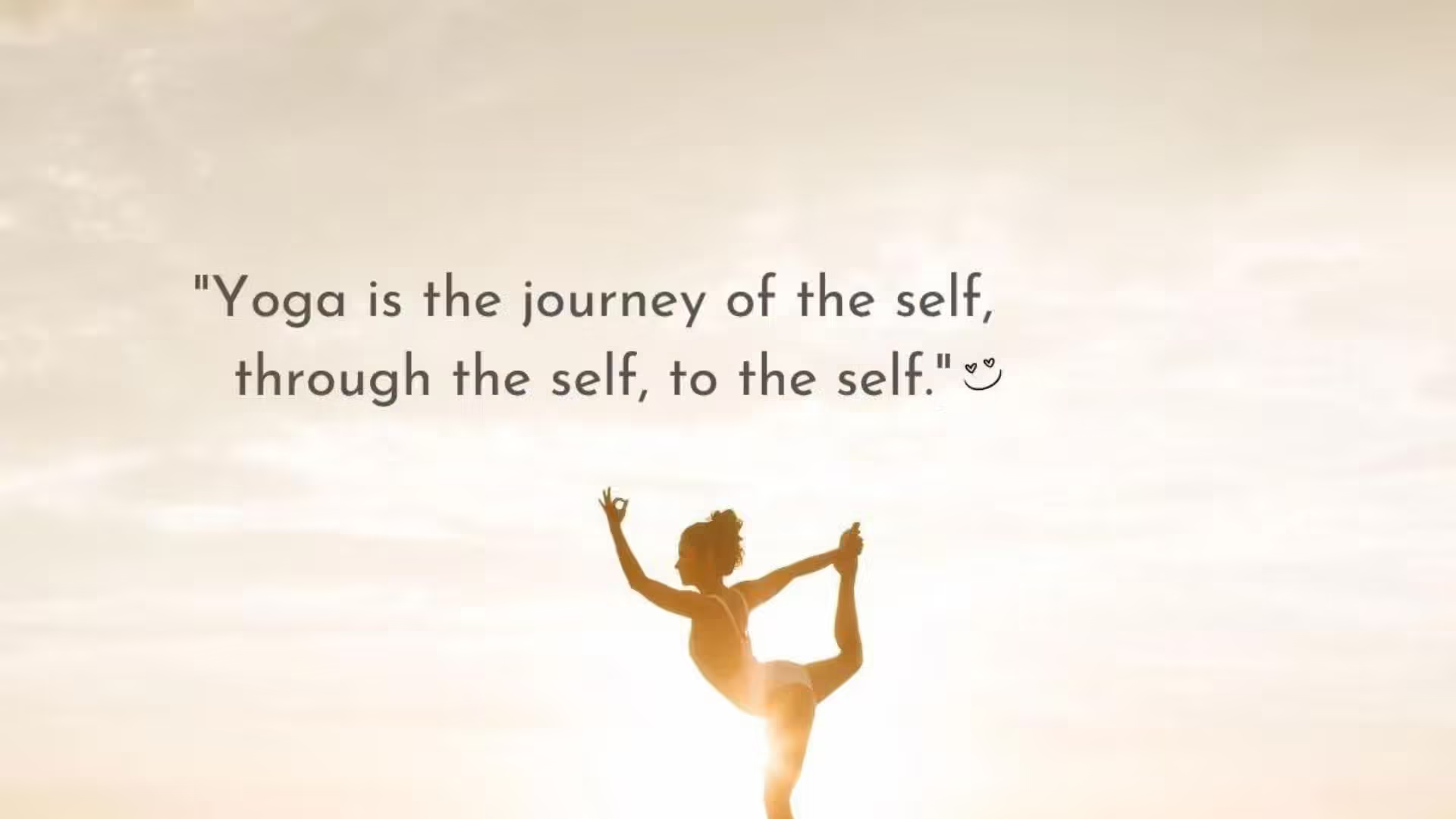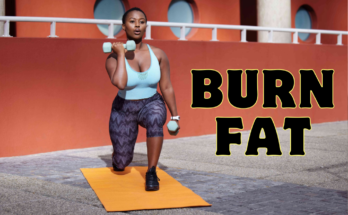Hello, Beautiful People! Are you familiar with the term “Yoga”? Let me explain this for you again. It is an old practice that has obtained massive popularity. It offers a lot of advantages that can boost your gym routine.
Adding this into your fitness routine not only upgrade flexibility but also boosts mental pivot and overcome stress. Whether you’re body building, running on the treadmill, or engaging in vigorous physical activity, adding yoga can lead to better performance.
Discover how this comprehensive practice can modify your gym experience. It will help you achieve a balanced and complete approach to fitness and strength.
Let’s get started!
Understanding Yoga

Let’s start by introduction of Yoga. It is a comprehensive practice that arise in ancient India. It includes physical positions, breathing techniques, and meditation. It aims to coordinate the body, mind, and spirit.
Different Styles of Yoga
- Hatha Yoga: It focuses on basic positions and breathing methods.
- Vinyasa Yoga: It builds strength and mobility with breath.
- Ashtanga Yoga: It involves poses that enhances regulation.
- Yin Yoga: It focuses on deep connective tissues and increase flexibility.
Key Principles of Yoga Practice:
- Breath Awareness
- Mindfulness
- Alignment
- Balance
Flexibility and Mobility
One of the main benefits of yoga is its ability to significantly better resilience and joint motility. It’s poses involve extending various muscle groups. It helps lengthen the narrow spaces. This is useful for those who involve in strength training. Many poses enhance joint health. This increased motility allows for better performance such as:
- Squats
- Lunges
- Overhead presses.
It increases balanced flexibility by focusing on both muscle groups (Agonist and Antagonist ). This balance helps maintain proper pose and layout during workouts. It lessens the risk of injuries.
Importance of Flexibility for Yoga
Flexible muscles are less susceptible to injuries. By regularly practicing this, you can reduce gym injuries. Increased flexibility allows for better approach that increases overall performance.
Specific Yoga Poses
- Downward Dog: In this pose, you need to stretches the hamstrings, calves, and shoulders. It increases overall flexibility.
- Pigeon Pose: In this pose, you need to open the hips and stretches the glutes. This is good for lower body workouts.
- Seated Forward Bend: In this pose, you need to stretch the spine, hamstrings, and calves. It increases flexibility.
- Cow Face Pose: In this pose, you need to focus on the shoulders and hips. It improves mobility.
- Bridge Pose: In this pose, you need to stretch the chest, neck, spine, and hips. It increases overall body flexibility.
The following video is about how you can include this in your life:
Strength and Endurance For Yoga
It is often connected with flexibility and relaxation, but it also offers enormous benefits in building strength and toleration. Adding this into your gym routine can increase your physical performance and overall health.
Building Strength Through Yoga
- Body Weight Resistance: Many poses involve lifting your own body weight. It helps in building muscular strength.
- Isometric Holds: Holding yoga poses for extended periods strengthens muscle fibers.
- Engaging Multiple Muscle Groups: The poses involve full-body engagement. This promotes balanced muscle development.
Examples of Strength-Building Yoga Poses:
- Warrior II
- Plank Pose
- Chair Pose
- Boat Pose
- Crow Pose
Balance and Coordination
Improving balance and coordination is vital for fitness. Yoga is the best way to overcome injuries and develop fitness through conscious movements that challenge your stability.
Benefits
- Enhanced Performance
- Injury Prevention
- Core Stability
Yoga Poses That Enhance Balance
- Tree Pose
- Eagle Pose
- Warrior III
- Half Moon Pose
- Crow Pose
Yoga exercises to transform your Physique… pic.twitter.com/6yLlRMMoW9
— ᴀʀᴛ ᴏꜰ ᴘʜʏꜱɪQᴜᴇ (@Artofphysique_) July 25, 2024
Injury Prevention and Recovery
It is an efficient method for putting a stop to injuries. It promotes recovery. This also helps in maintaining a healthy, resilient body.
How Yoga Helps in Preventing Gym Injuries
It makes tight muscles and this reduces injuries. Flexible muscles are less susceptible to injury. It is because they can move completely. It helps correct muscle imbalances that can lead to injury. Mindfulness through this helps correct improper form and technique thus prevents. They strengthen the muscles around joints and gives better support.
Using Yoga for Active Recovery
It provides calm stretching to alleviate muscles and improve blood flow, this helps in faster recovery. Including yoga helps reduce muscle stress and promotes overall relaxation. It increases blood circulation which speeds up the recovery process.
Recommended Post-Workout Yoga Stretches for Recovery
- Child’s Pose: Smoothly stretches the hips, thighs, and ankles,. It promotes relaxation.
- Cat-Cow Stretch: Moves the back and neck. This improves flexibility.
- Downward Dog: Stretches the hamstrings, calves, and shoulders. It strengthens the arms and legs.
- Pigeon Pose: Opens the hips and stretches the glutes and hip flexors. It releases tension.
- Legs-Up-the-Wall Pose: This pose promotes circulation and relaxes the lower back and legs.
Including Yoga into Your Gym Routine
Begin your workouts with a few yoga poses to warm up the muscles. End your workouts with a series of yoga stretches to help in muscle relaxation. Also, use yoga as a method to connect with your body.
Integrating Yoga into Your Gym Routine
Including yoga into your gym routine can increase your overall fitness. Following are practical tips to add yoga with your existing exercise.
- Start Small: Start with short yoga sessions (10-15 minutes) a few times a week.
- Consistency is Key: Schedule regular yoga sessions to make sure consistency.
- Listen to Your Body: Pay attention to how your body reacts to different yoga poses and adjust according to that.
Tips for Success
- Set Realistic Goals: Start with achievable goals and slowly increase.
- Find the Right Style: Try with different styles of yoga to find what works optimum for you.
- Use Props: Utilize yoga props to make sure proper continuity.
Stay Hydrated: Drink plenty of water before, during, and after your yoga sessions to stay hydrated.
Including yoga into your gym routine offers a comprehensive approach to fitness. It increases:
- Flexibility
- Strength
- Balance
- Mental focus.
By adding short yoga sessions before exercises help you to warm up and after workouts to cool down. You can enhance muscle recovery and overcome the risk of injury. The main point here is that consistency is key; regular practice of yoga encourage alertness and introspection. This supports overall physical and mental well-being. Whether you’re a learner or strong player, welcoming yoga not only adds your existing fitness routine but also digs a deeper connection between mind and body. It enhances your journey towards a healthier life.
Now, let me know when are starting including yoga in your routine?
Conclusion
FAQ
Following are FAQ (Frequently Asked Questions) regarding to how yoga increases your fitness routine:
- Why should I add yoga to my gym routine?
Yoga has many benefits. It increases:
- Flexibility
- Strengthens muscles
- Improves balance
- Promotes mental focus
- Complements gym workouts.
- Is there best time to do yoga?
Yoga can be practiced before or after gym sessions. It serves as warm-up if you do before. Post-workout, yoga helps cool down muscles. It also helps in recovery.
- Can yoga help put a stop to injuries from gym?
Yes, yoga improves:
- Flexibility
- Joint mobility
- Body awareness.
- What type of yoga is best for starters?
Hatha or Vinyasa The yoga styles recommended for beginners are:
- Hatha
- Vinyasa
- What tools do I need to practice yoga?
Minimal equipment like:
- A yoga mat
- Comfortable clothing
- Yoga props.




